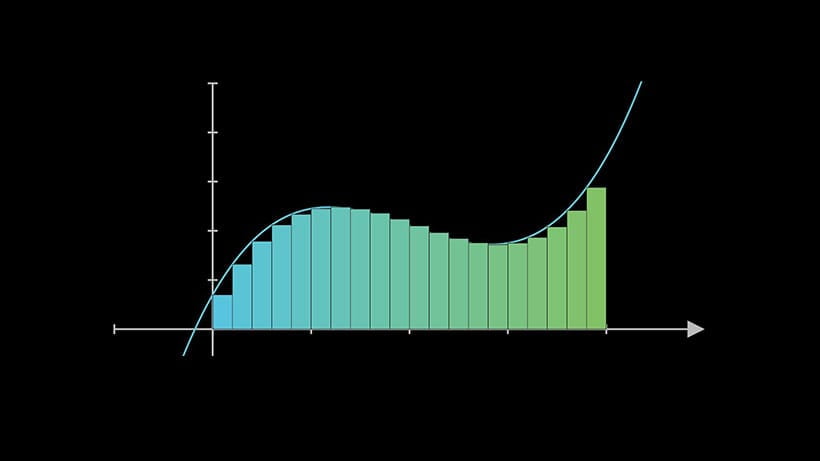Aprendizado de máquina teórico e avançado com TensorFlow
Antes de começar com os materiais de aprendizagem abaixo, certifique-se de:
Conclua nosso currículo Noções básicas de aprendizado de máquina com TensorFlow ou tenha conhecimento equivalente
Ter experiência em desenvolvimento de software, principalmente em Python
Este currículo é um ponto de partida para pessoas que desejam:
Melhorar a compreensão deles sobre ML
Comece a entender e implementar documentos com o TensorFlow
Você já deve ter conhecimento básico de como o ML funciona ou ter concluído os materiais de aprendizagem do currículo para iniciantes Noções básicas de aprendizado de máquina com TensorFlow antes de continuar. O conteúdo abaixo tem como objetivo orientar os alunos para conteúdos de aprendizado de máquina mais teóricos e avançados. Você verá que muitos dos recursos usam o TensorFlow, no entanto, o conhecimento pode ser transferido para outras estruturas de ML.
Para aprofundar sua compreensão de ML, você deve ter experiência em programação Python, bem como experiência em cálculo, álgebra linear, probabilidade e estatística. Para ajudá-lo a aprofundar seu conhecimento de ML, listamos vários recursos e cursos recomendados de universidades, bem como alguns livros didáticos.
Etapa 1: atualize sua compreensão dos conceitos matemáticos
ML é uma disciplina matemática pesada. Se você planeja modificar modelos de ML ou criar novos do zero, é importante estar familiarizado com os conceitos matemáticos subjacentes. Você não precisa aprender toda a matemática antecipadamente, mas em vez disso, pode procurar conceitos com os quais não está familiarizado à medida que os encontra. Se já faz algum tempo que você não faz um curso de matemática, tente assistir às listas de reprodução Essência da álgebra linear e Essência do cálculo de 3blue1brown para se atualizar. Recomendamos que você continue fazendo aulas em uma universidade ou assistindo palestras de acesso aberto do MIT, como Álgebra Linear ou Cálculo de Variável Única .

Uma série de vídeos curtos e visuais de 3blue1brown que explicam a compreensão geométrica de matrizes, determinantes, materiais próprios e muito mais.

Uma série de vídeos curtos e visuais de 3blue1brown que explicam os fundamentos do cálculo de uma forma que proporciona uma forte compreensão dos teoremas fundamentais, e não apenas de como as equações funcionam.

Este curso introdutório do MIT cobre teoria de matrizes e álgebra linear. É dada ênfase a tópicos que serão úteis em outras disciplinas, incluindo sistemas de equações, espaços vetoriais, determinantes, autovalores, similaridade e matrizes definidas positivas.

Este curso introdutório ao cálculo do MIT cobre diferenciação e integração de funções de uma variável, com aplicações.





